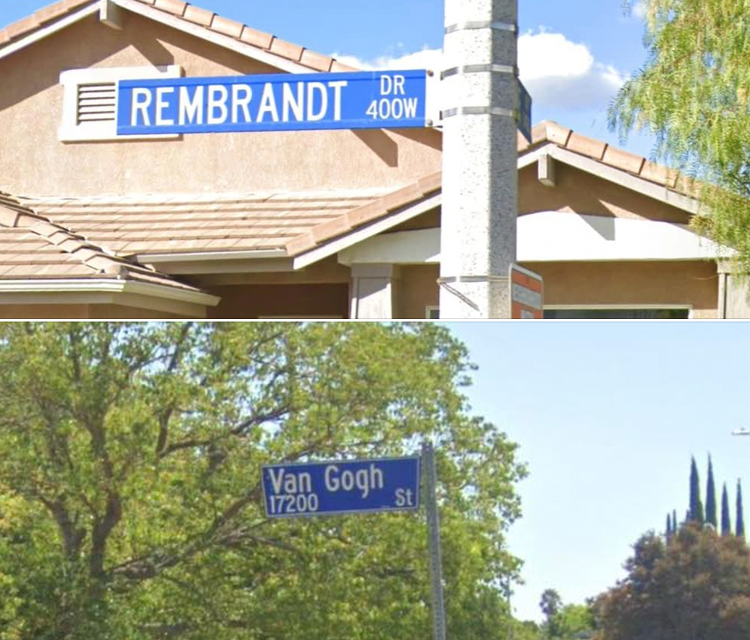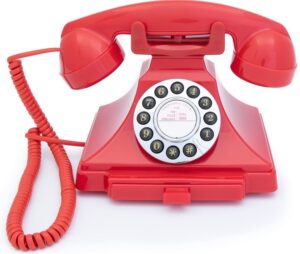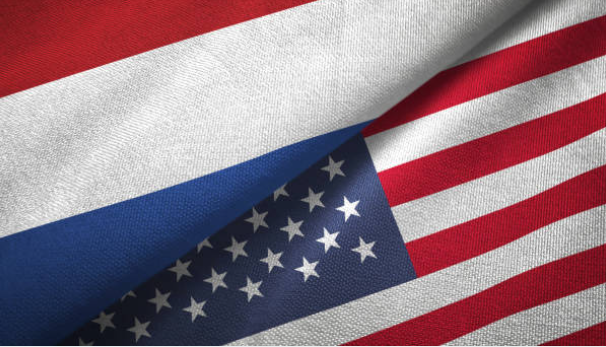REMBRANDT Hall in Keeseville, New York is not named after the Dutch painter, but after Rembrandt Peale. He was an American artist, child of a father who gave all his sons a painter’s name, including Raphael, Titian and Rubens. The Keeseville home was built for Rembrandt Peale’s daughter Emma. But because the name Rembrandt was famous, and Emma or Peale had much less of an appeal, the house is known as Rembrandt Hall to this day.
In Iowa there’s a town named Rembrandt, which despite its population of only two hundred has the status of a city. Tampa has a neighborhood called Rembrandt Gardens, along Rembrandt Drive. The Rembrandt in Manhattan is a co-op apartment building, where residents have a say in who can or can not move into an empty condo. It is no longer the original building, but it got its name because the builder suspected it would attract New York artists, which turned out to be correct. For a long time, there was a do-not-honk traffic sign on the sidewalk, because painters are not to be disturbed.
SEARCH the Amazon website for “Rembrandt”, and it gives you some 1,200 products to choose from. There is Rembrandt toothpaste, Rembrandt Foods, a company that mainly uses eggs from a chicken farm in that Iowa city of Rembrandt. And for those who remember the opening tune of the Friends sitcom, I’ll be there for you, that’s the band The Rembrandts.
So he’s a popular guy, Rembrandt van Rijn? That depends. There are streets, roads, circles, drives, courts, lanes and avenues named for him all over America, but a century or so ago, most Americans had never heard of him. This only changed after department store magnate Benjamin Altman invested in the purchase of a handful of Dutch masters, including a Rembrandt. That made the newspapers. Next, the man who built America’s trams and trolleys, Peter Widener in Philadelphia, paid half a million dollars for his first Rembrandt, and he was so excited that he quickly purchased another thirteen. People talked about that. Widener’s home just outside Philadelphia, Lynnewood Hall, with its 110 rooms, including 55 bedrooms, became America’s first museum for Rembrandts.
BUT ASK an American on the street to actually name a Rembrandt painting, and all you hear is crickets. On the other hand, ask about Johannes Vermeer, and there’s a good chance that someone will mention the girl with a pearl earring. Vermeer exhibitions in America attract millions of people. Case in point, the most recent one, this past summer in Pittsburgh: all tickets sold out.
And then there’s Vincent van Gogh whose work, meanwhile, is once again experiencing a true stampede of fans. The immersive Van Gogh exhibits have been migrating across America for a few years now, from the eighteen cities where people have since been able to immerse themselves in Van Gogh with images and sound, to the seven cities where it is yet to happen, including Atlanta, Austin and Tucson. Tickets are selling like hot cakes. Two years ago there was a regular Van Gogh exhibit in Detroit, the first city to purchase a Van Gogh in 1922, hence the centennial. A giant hit. It also had paintings by Cézanne, Gauguin and Matisse hanging next to it, but that’s not what people came for. Because when it comes to painters in America, only one thing counts.
It ain’t much if it ain’t Dutch.




